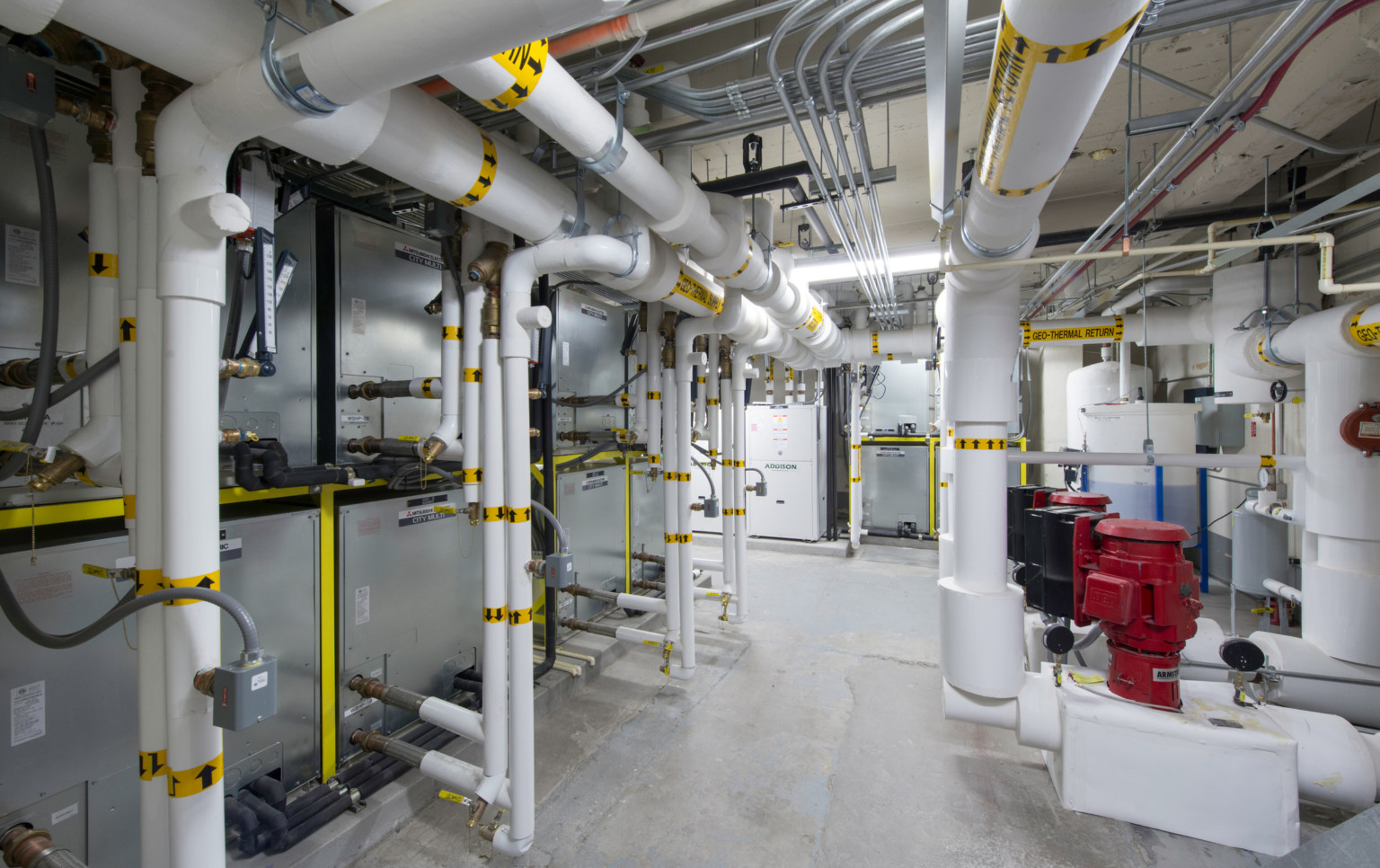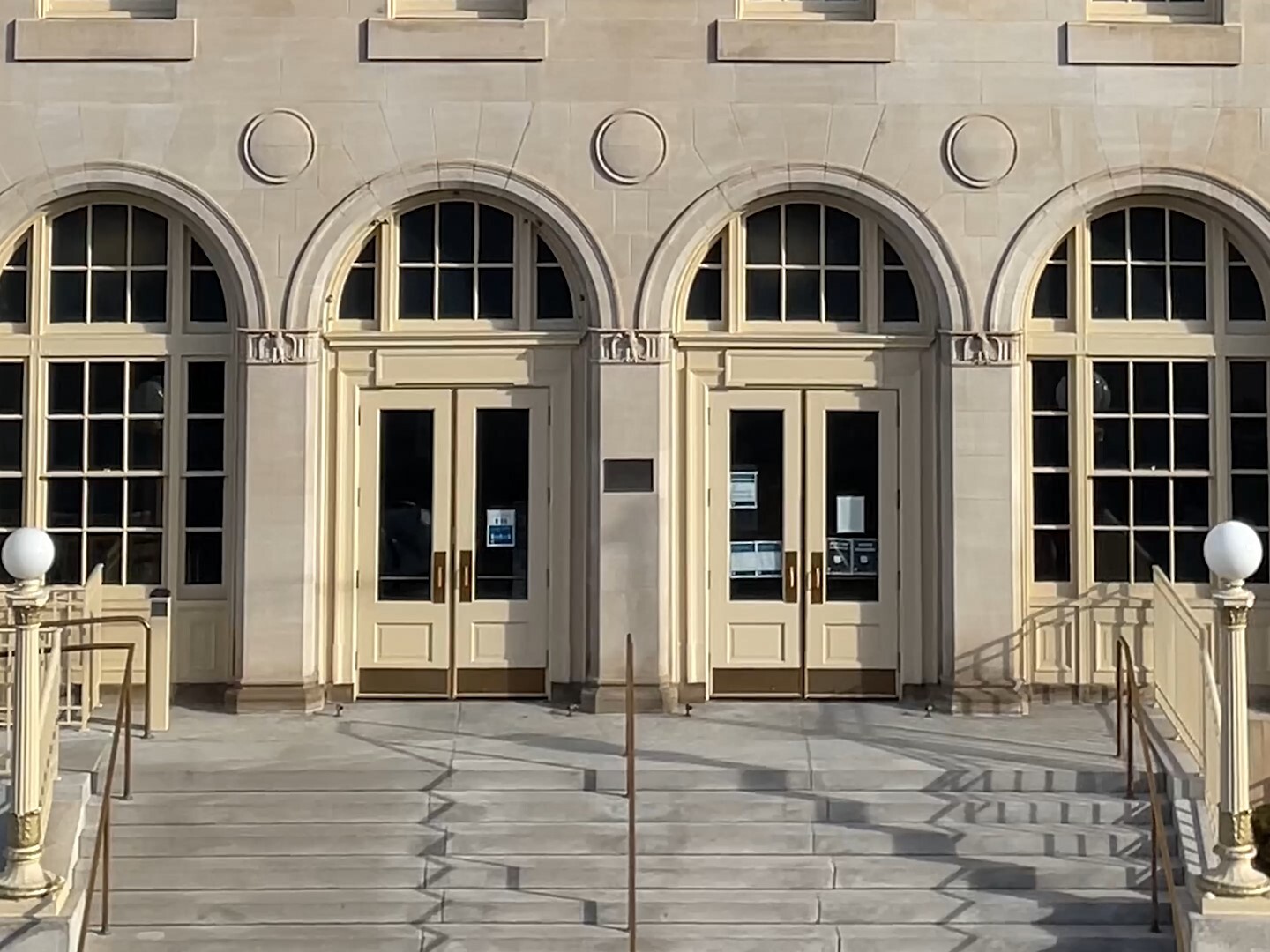Amidst a significant economic downturn, the General Services Administration guided opportunities to invest in existing buildings across its significant national portfolio. The Wayne Aspinall Federal Building, listed on the National Register of Historic Places, was upgraded as the GSA’s first net zero energy historic building, achieved LEED Platinum, an AIA COTE Top 10 Award, and continues to be an example of how historic buildings can create opportunities for innovation, rather than be a barrier to performance.
The three-story building is a multi-tenant office building housing the U.S. District Courts and various federal agencies. The project restores spatial experience and historic character of the lobby and public corridors, avoids exposed infrastructure, and maintains high plaster ceilings through its circulation and at perimeter wall of the historic shell.















